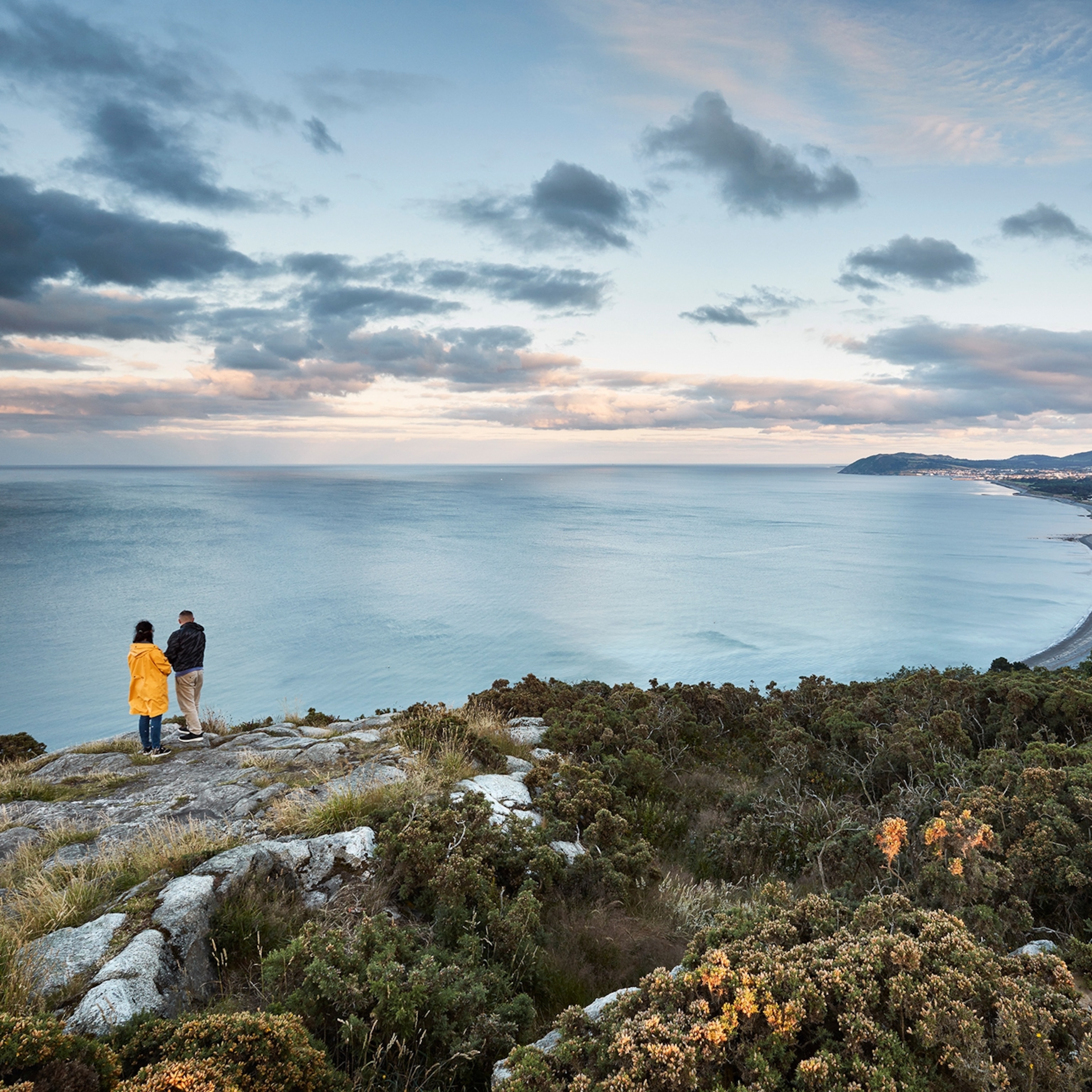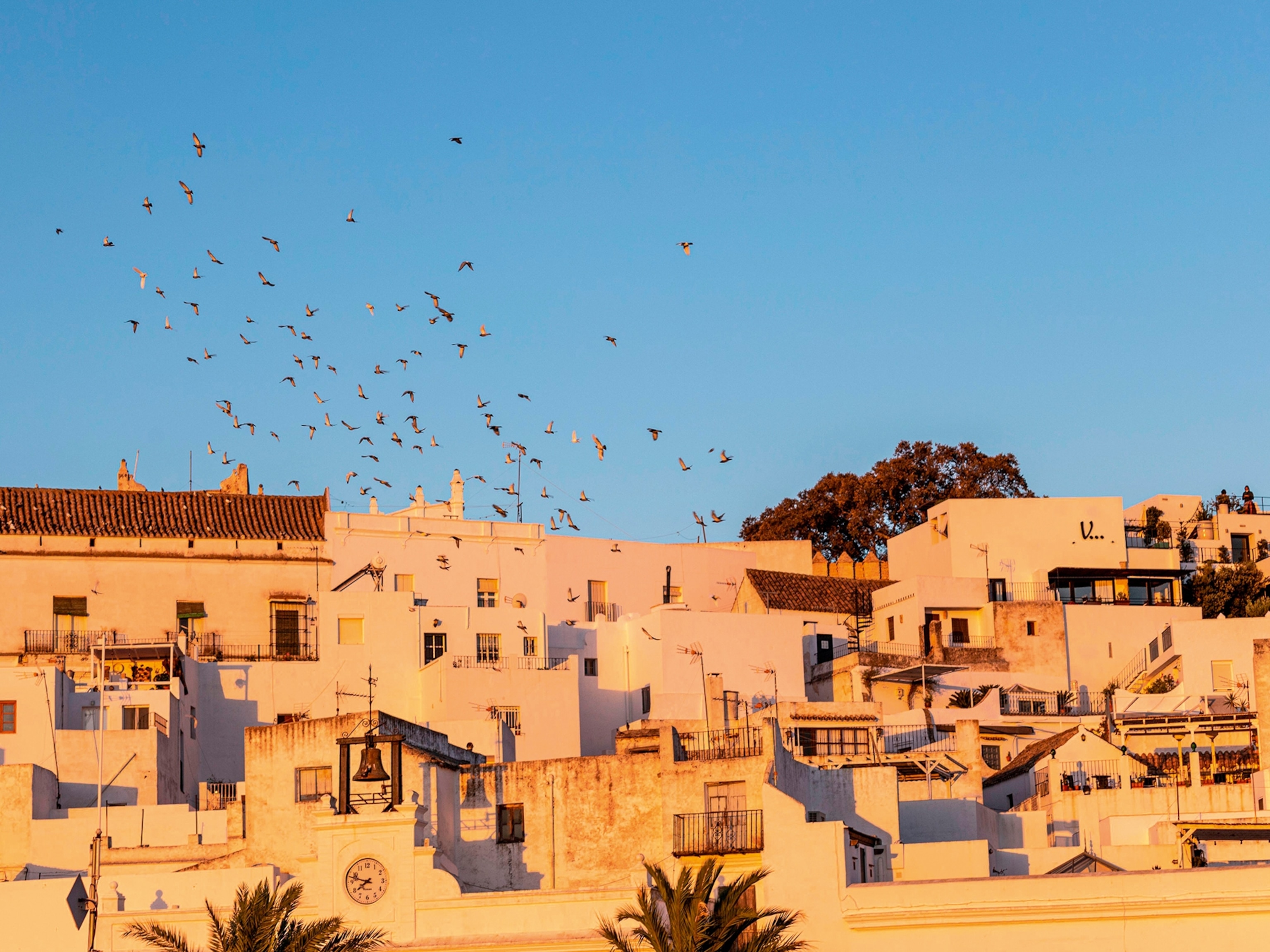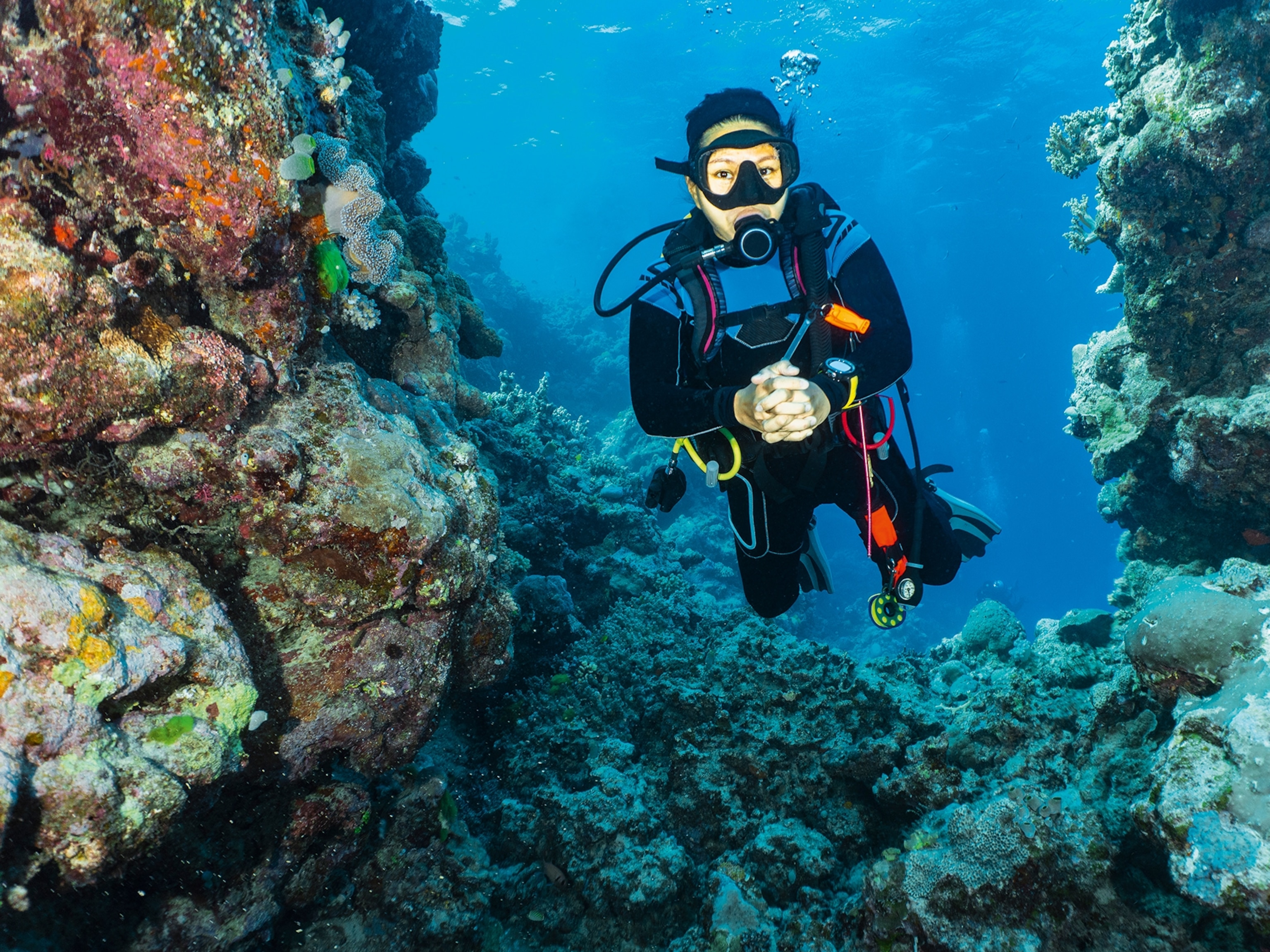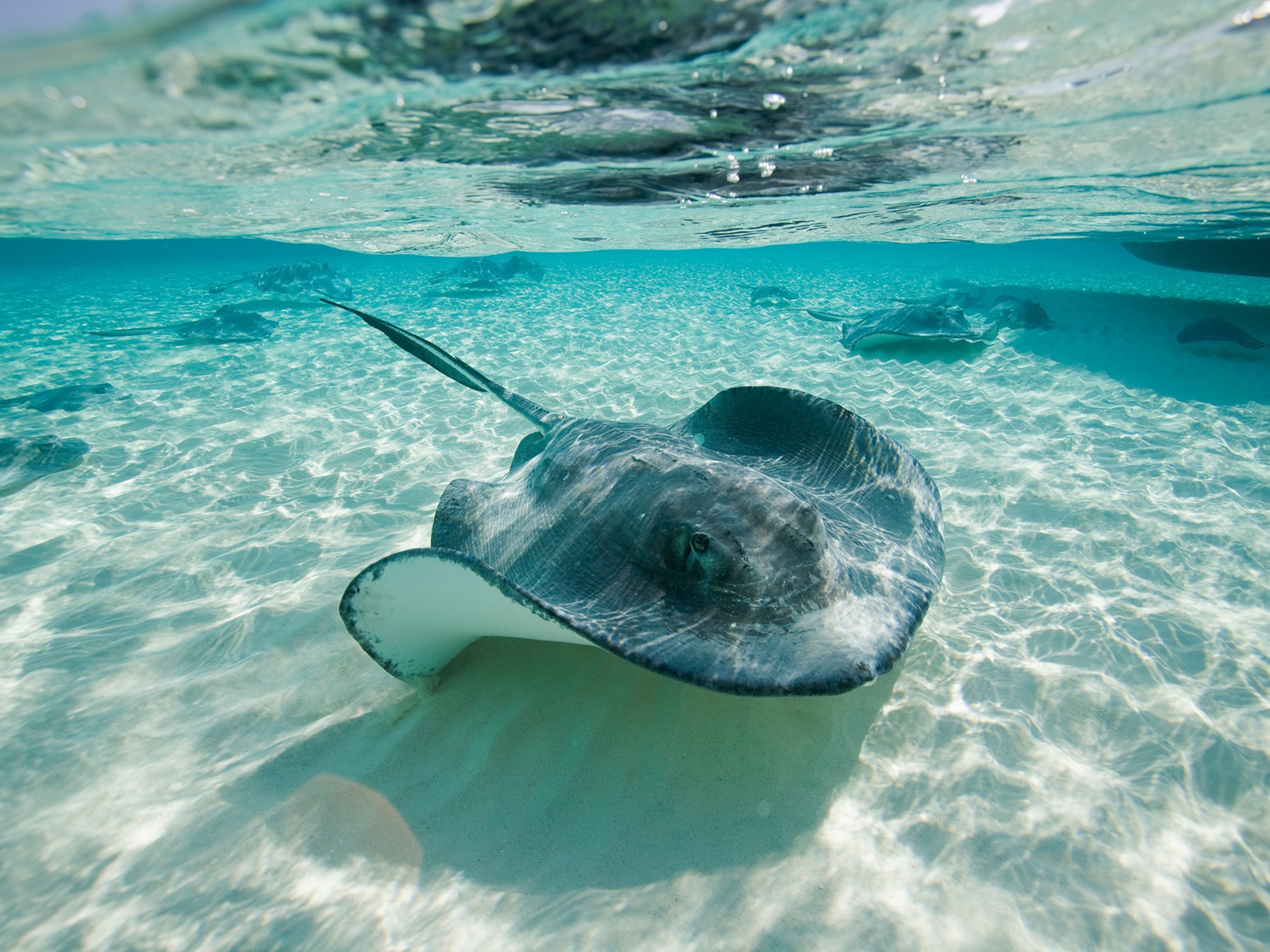Saving our shores: coastal conservation projects making positive change
While the prospect of protecting our coastlines can seem daunting, there are people and organisations that continue to fight the good fight. Here, we dive into reasons to stay optimistic and how to get involved.

When it comes to coastal conservation, the good news is there is good news. Make no mistake, the challenges are vast, with shoreside areas across the world facing shared challenges because of warming and acidifying oceans, pollution — from sewage to plastics — and marine habitat destruction.
But there are many causes for optimism, if you look closely. Research indicates the ocean and its mangroves and coral reefs can be part of the climate solution; the ocean is a vast carbon sink and, according to NASA, has already absorbed more than 90% of the warming of the earth. Meanwhile, marine renewable energy intiatives are harnessing the power of waves, tides and offshore wind.
And, crucially, the coast has become a focal point for communities determined to clean up their beaches, while organisations and individuals are spearheading exciting and innovative projects to make positive change.
Sea garden restoration, British Colombia, Canada
Sea gardens were once prevalent along North American coastlines, created and tended to by indigenous people. Using ancient practices, such as substantial walls made from rocks or oyster shells, they transformed the coastline into sustainable sources of seafood. A new initiative between the Coast Salish people of Canada and National Parks concervation agency Parks Canada is poised to bring the tradition back on the Pacific Northwest coastline.
Erich Kelch, manager of the Sea Garden Restoration Project at Parks Canada, explains that his association, in partnership with the Coast Salish-affiliated Cowichan Nation Alliance and WSÁNEĆ Nations, began working the land once more at four coastal sites in the Gulf Islands National Park Reserve in 2021.
It’s not without its challenges. Historically, indigenous peoples’ connection to their traditional lands in this region has been disregarded, and, in post-contact years, those who lived on what are now British Columbia’s Gulf Islands were decimated by disease, assimilation policies and denial of land rights. One of the first steps is designating the areas for re-establishing these sea gardens.
The beaches on Salt Spring Island and Russell Island have evidence of rock walls, while those on Cabbage and Saturna Islands don’t. Erich explains that it’s important not to assume that only the beaches that show evidence of human activity are the ones tended by First Nation.
“A sea garden is many things,” he says. “The key thing to think about is that the Nations modified different beaches at different places for many different reasons, depending on what they wanted to help flourish and grow, and depending on the individual culture of the people. Some beaches were so productive they didn’t actually need a wall. What we call a sea garden is a beach that was tended and taken care of to make more productive and where a relationship to the land was cultivated.”
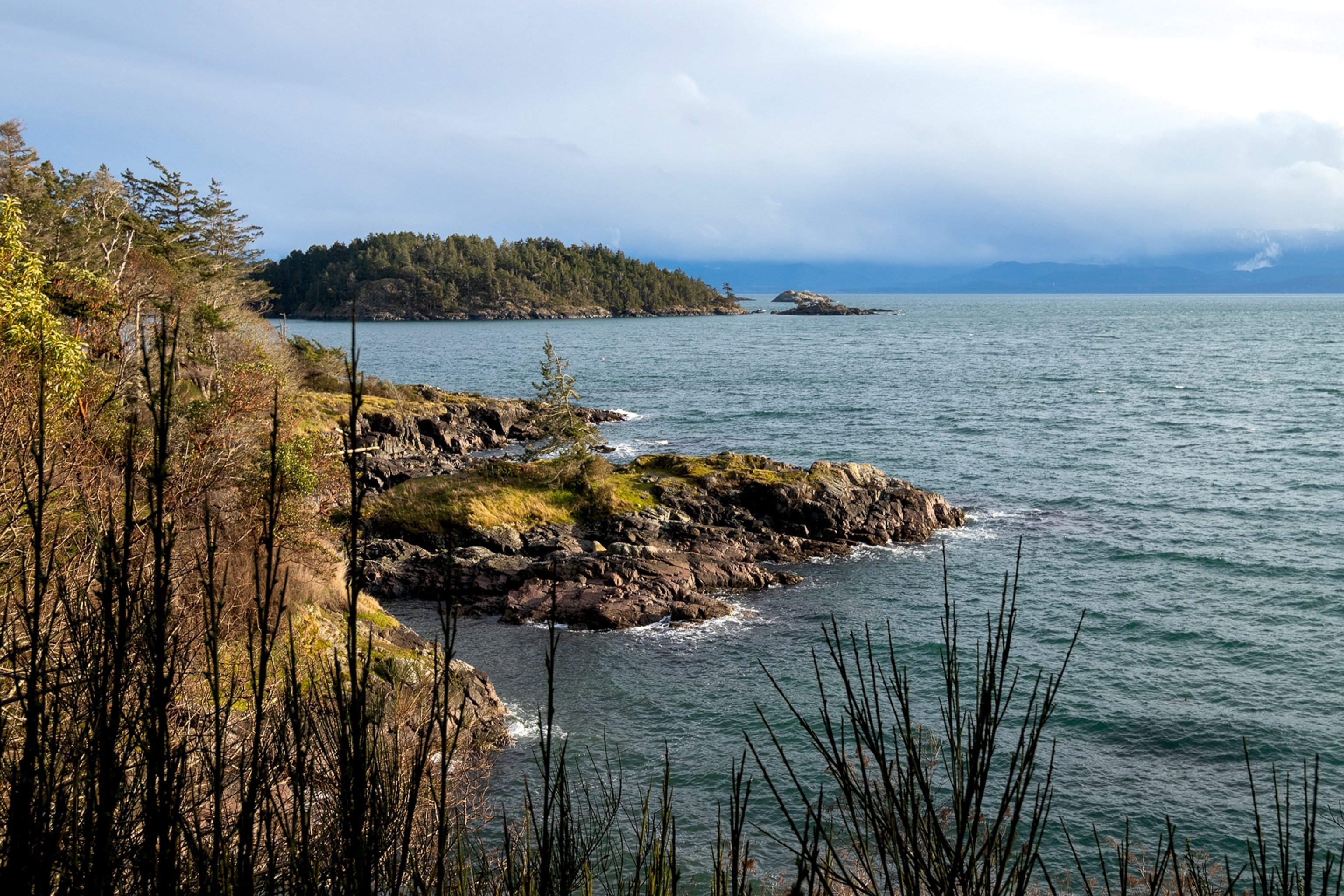
Coast Salish people modify beaches using traditional practices such as removing kelp and sea lettuce and turning and loosening the sand with specialised tools. If rock walls were built, they’d be on a sloped beach close to the low tide mark to trap clams, mussels, kelp and fish in the shallows as the tide retreated. A ‘knowledge keeper’ from the Coast Salish community has also shared with Erich that walls create an abundant intertidal ecosystem with nutrients swept in and trapped in the grooves and cracks of the wall.
At these sites of historical importance, elders are able to reconnect with traditional aspects of ecology and culture. Tended sea gardens are also a classroom for First Nations youth, and it’s hoped that in the future the clams will be a sustainable food source.
While the programme targets engagement with indigenous communities, the responsibility for caring for these places sits with all of humanity. Erich wraps up by advocating for restoring a permanent connection to the land. “For me, the inspiring message of the project is a shift in world view, where people can be seen to be caretakers of the environment, and that it’s possible for human involvement to make a place better,” he says.
Taking place between April and November, volunteers are brought in by boat for ecological restoration activities. For more information on how to volunteer, or to contact Parks Canada directly, visit parks.canada.ca
The Wild Oysters Project, UK
The core aim of this three-year project is to boost the UK’s wild oysters and to kick-start a wider recovery of marine life across the food chain. Working with local partners, The Wild Oyster Project has installed 141 oyster nurseries in marinas and ports in Conwy Bay (Wales), Firth of Clyde (Scotland) and Tyne & Wear (England). Karen Stewart, education and outreach assistant for Groundwork Northeast, the project’s local delivery partner in Tyne & Wear, explains that its three main elements are oyster nurseries, habitat restoration (fostering healthy oyster reefs), education and outreach.
In England, native oyster populations have decreased by 95% since the mid-1800s, mostly because of over-harvesting, but also dredging, land reclamation, sewage and the introduction of non-native species. Wildlife charity Rewilding Britain reported that Scotland’s Firth of Forth, widely understood to have had the largest oyster bed anywhere in the world, was devoid of oysters.
Without positive intervention, the fate of the European native oyster is extinction. Human activity has had a devastating impact and now nature needs a helping hand to restore these habitats — this is where the Wild Oysters Project and its collaboration with the Zoological Society of London, Blue Marine Foundation and British Marine comes in. Together, they’re working to increase the ambition, scale and number of local oyster reef restoration projects, and, as well as supporting local partners, they’ve produced an online guide to oyster nurseries so local communities are able to set up their own.
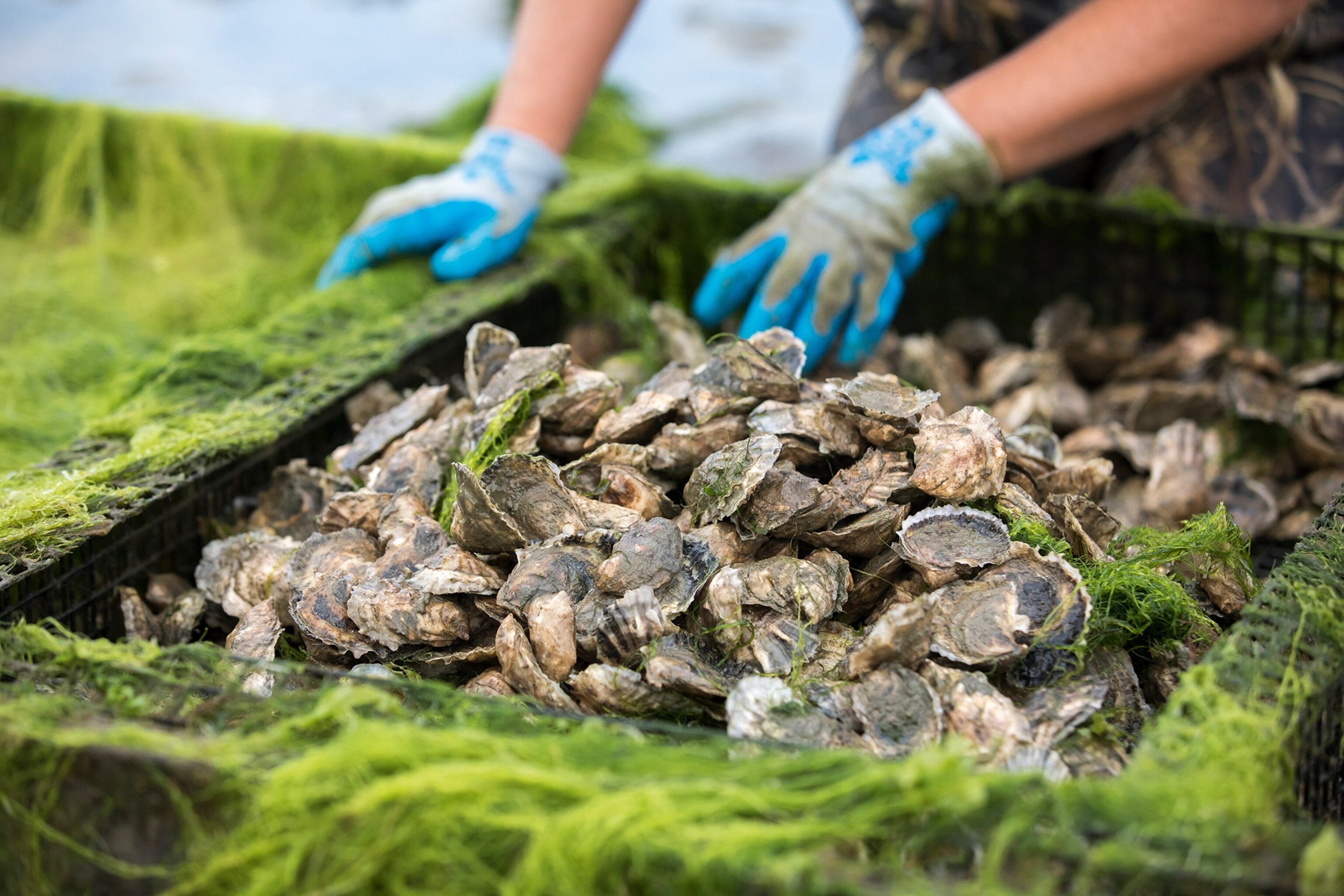
An oyster nursery can serve two functions: to grow juvenile native oysters to size away from predators or as a broodstock sanctuary for adult oysters to reproduce in — during previous projects, one billion oyster larvae released in the Solent came from 20,000 adult broodstock oysters taken from fisheries. Housed in cages on easily-accessible marina pontoons, the ultimate aim of inshore nurseries is to release oyster larvae to the seabed and recreate oyster reefs.
Habitat regeneration is key to the success. Where suitable habitat is no longer available, empty shells and gravel are emptied onto the seabed to act as a settlement substrate, where larvae will settle and create a new reef. The Environment Agency is working on a related project with the University of Exeter and the University of Edinburgh to produce data about the location of historic native oyster beds, plus maps about where restoration could be successful in the UK.
In the right conditions, oyster reefs are self-sustainable and hugely valuable to the ecosystem of estuary and coastal waters. As India Bourke said in a New Statesmen article in 2021, “When an oyster draws in water, its gills function like microscopic eyelashes, filtering out the suspended pollutants and releasing only clean water back into the sea […] Alive, they can help tackle the nitrogen washed off farmland by turning it into gas. Dead, their shells provide nesting sites for other creatures, forming the temperate equivalent of tropical coral reefs.”
Local project partners and volunteers across the three Wild Oyster Project locations monitor and maintain the health of the oyster nurseries, donning warm clothes, knee pads, gloves and protective footwear to get hands-on and measure and monitor oysters and the biodiversity of the area. Engaging the local community is key to the success of the project, while school children get involved and learn about marine conservation.
Current projects are underway in Conwy Bay, Firth of Clyde and Tyne & Wear, with the ultimate goal of encouraging more oyster nurseries across the UK. Download the Guide to Oyster Nurseries in UK and Ireland via the project’s website for more information on how to get involved.
Ningaloo Turtle Program, Western Australia
This turtle-track-monitoring programme is focussed on Western Australia’s Ningaloo Coast (a UNESCO World Heritage Site), with Australia’s largest fringing reef, Ningaloo Reef, just offshore. Marine turtles can be seen year-round (they nest between November and March); hatchlings can be spotted from January.
During the nesting season, females drag themselves onshore at night to lay between three and five clutches of eggs (each containing 50 to 150). Tiny hatchlings emerge roughly 11 weeks later and dash to the open ocean, where they drift for nearly a decade feeding on plankton. It’s not until they’re around 30 years old that they make their way back to the same beach where they hatched, just in time for breeding season.
A sea turtle’s natural lifespan is 50 to 100 years, but they face threats from humans including poaching, accidental capture — known as bycatch — habitat destruction, and climate change. Heartbreakingly, World Wide Fund for Nature reports three out of seven species of sea turtle are classified as critically endangered.

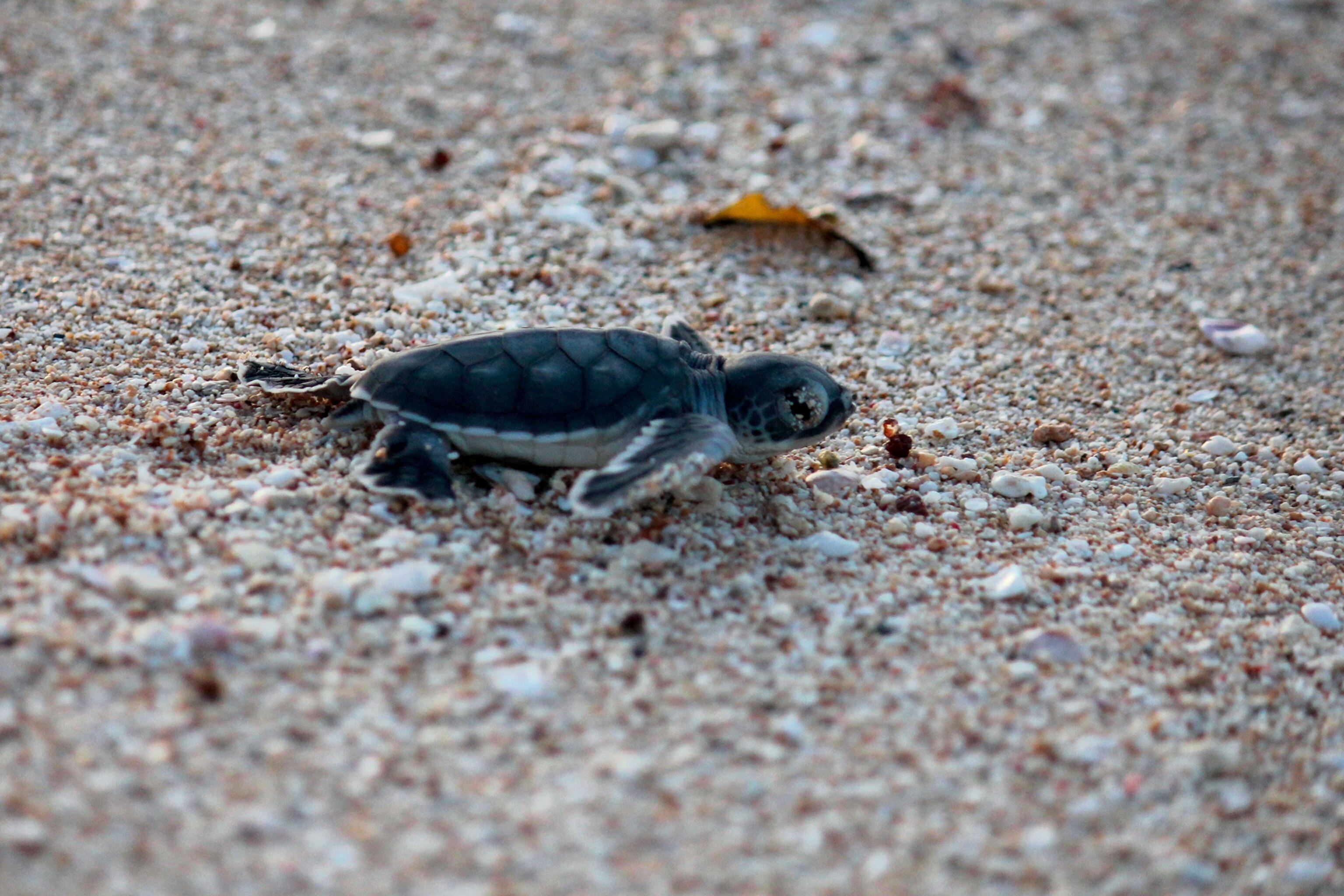
Track monitoring is a low-tech way to gather nesting data over many square miles and many years and to spot threats to turtles. Trained volunteers descend on the remote beaches of North West Cape and Bungelup the morning after eggs have been laid and follow the distinct tracks made by loggerheads, greens and hawksbills (classed by WWF as vulnerable, endangered and critically endangered, respectively). The Ningaloo coast also occasionally hosts flatback turtles, and leatherbacks have been spotted foraging on the reef.
As well as being able to identify tracks, volunteers are trained to spot nests and false crawls (where the female have emerged but not laid eggs). They also occasionally get called out to rescue turtles on the northwest coast — 345 have been rescued by the programme since 2002.
As part of understanding and conserving sea turtles, and building a culture of stewardship, the Ningaloo Turtle Program works hard to educate and engage locals and visitors: ‘let them flow’ is a rallying phrase. The programme advises never to touch hatchlings and warns that ‘carrying hatchlings to the water can disorientate them greatly and puts them at even more risk when they’re in the ocean. They need to do the crawl themselves to clear their lungs, get their muscles working and take a geomagnetic imprint of the beach, so they know to return here to nest 30 years later’. There’s a Turtle Watching Code of Conduct that’s key to any engagement — nesting turtles and hatchlings are highly sensitive to light (another problem with development on coastlines) and advice from the Ningaloo Turtle Program is to never use a torch at night on the beaches. There’s also no dogs allowed, and no driving on the beaches.
Ningaloo Turtle Program acknowledges the Baiyungu, Thalanyji and Yinigurdira people as the original custodians of the land and water they manage.
Volunteers contributed more than 3,000 hours of work in the 2021/22 season — some were local Exmouth residents; others from across Australia and overseas. To apply from overseas, you must have a five-week period available from early December to mid-January and you must be willing to get up early to identify tracks, as well as perform some data entry tasks, clean vehicles, undertake equipment maintenance and go wild camping. If you simply want to take a guided, educational tour, the Jurabi Turtle Centre is open December to February.
Sign up to our newsletter and follow us on social media:
Facebook | Instagram | Twitter

